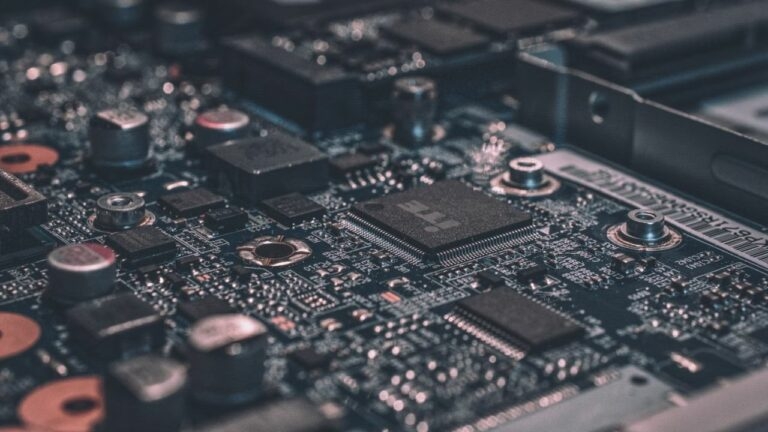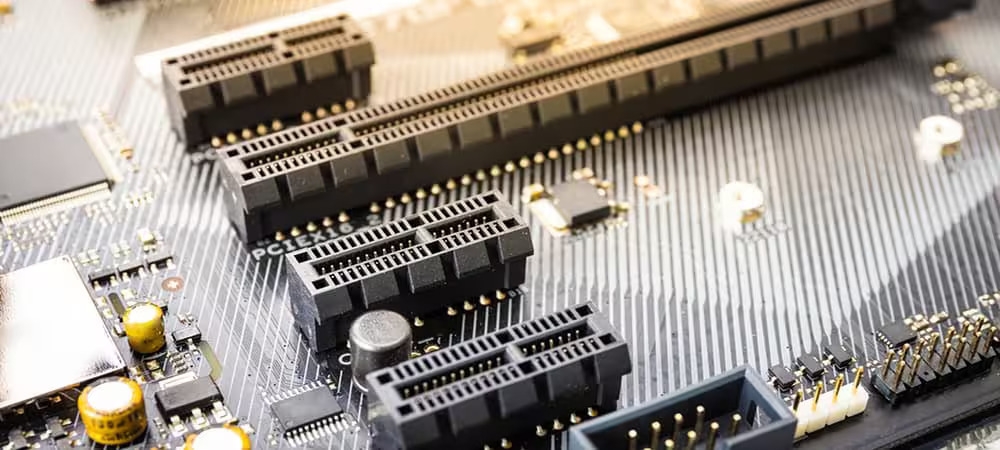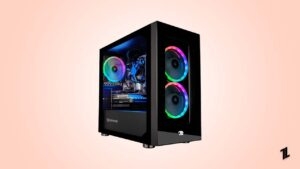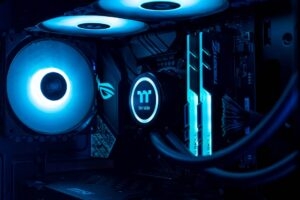Highlights
- PCIe Gen 4 doubles bandwidth compared to Gen 3, boosting data transfer speeds significantly.
- Improved performance benefits include faster graphics processing and SSD speeds, ideal for demanding tasks.
- Consider compatibility and cost factors before upgrading to PCIe Gen 4 for optimal investment.

The system’s performance is highly related to whether the data is transferred fast enough within the computer hardware in the continuously changing environment. Peripheral Component Interconnect Express or PCIe is the core technological component of a narrower space of products.
It has been for years in the memory of hard drive fans; however, it has significantly evolved, changing from PCIe Gen 3. The notion of PCIe Gen 3 vs PCIe Gen 4 highlights the minutiae allowing the decision-making process that is only guaranteed to benefit the result.
Demystifying PCIe: Understanding the Differences Between Gen 3 and Gen 4
Understanding PCIe: A Communication Highway
Consider your computer system to be a country that has different cities as its parts. The PCIe turns into the high-speed WiFi that allows those cities to exchange data very quickly, just like the periods of industrialization when people traveled fast to work in the factory.
This information is applied in a wide range of aspects, such as presenting interfaces in the graphical format to accelerate storage access using solid-state drives (SSDs).
The Essentials: Quickness and Amount of Transmission
An important distinction between PCIE Gen 3 and Gen 4 is in their bandwidth. However, this key factor is measured in GT/s, namely in Giga transfers per second. When it comes to the data rate at which the PCIe Gen 3 works, which is around 8 GT/s per lane, the performance is GB/s.
In one way this left speed unchanged, while in the other, it rose to a high rate of 16 GB/s per lane (16 GT/s).
This unimaginably big step points out that PCIe Gen 4 has almost twice the bandwidth of its previous version, through which the communication between various system elements has been adapted considerably faster.

Implications on Real-World Performance
Graphics Processing: Professionals and gamers can enjoy the extra bandwidth and design of realistic graphics with high quality and fast loading time.
As well, the increased rate of data circulation between the CPU and GPU is advantageous when one is dealing with resource-heavy tasks like video editing and 3D rendering.
Storage Performance: Therefore, NVMe (Non-Volatile Memory Express) SSDs that use the PCIe Gen 4 can achieve read and write speeds that are much faster than the traditional SATA SSDs thanks to this ability to unleash the real potential of these SSDs. Thus, bootup times as well as application loading times are considerably cut down
Future-proofing: As the technological world grows and it is time to build more sophisticated software systems, the PCIe Gen 4 allows the systems to accept hardware upgrades using the improved bandwidth for improved performance.
Compatibility-Related Considerations
Motherboard Support: To utilize PCIe Gen 4, the motherboard should be equipped with this support in an updated form. The recommended action is that the potential buyers check the information by visiting the manufacturer’s website or the motherboard manual.
Device Compatibility: While ensuring the proper functioning of components, such as SSDs and graphics cards, compliance with PCIe Gen 4 standards becomes a necessity.
Cost Factors
The new PCIe Gen 4 components are typically pricier than the Gen 3 parts that they are designed to replace.
That is why they should take an inventory of their needs and capabilities to decide if the enhanced performance is worth all that extra cost.
Who Needs PCIe Gen 4?
With PCIe Gen 4, you make a good choice for gaming and creative professionals with heavy workloads or just for people who want to become twice forward-looking.
However, the PCIe Gen 3 may meet the demands of less frequent users whose priority would use the standard tasks like browsing the web or document processing.
Why Should PCIe Gen 4 Be Used? Summing Up
Overall, the PCIe Gen 4 is the new generation, which is a big data transfer speed increase and features improvements that are tailor-made for demanding customers.
Furnished with a sophisticated intelligence on Gen 3 and Gen 4 differences in addition to prudent assessments on compatibility and cost, people can make rational decisions concerning the technology that meets their computing demands.
Further Reading:
Directly in Your Inbox









